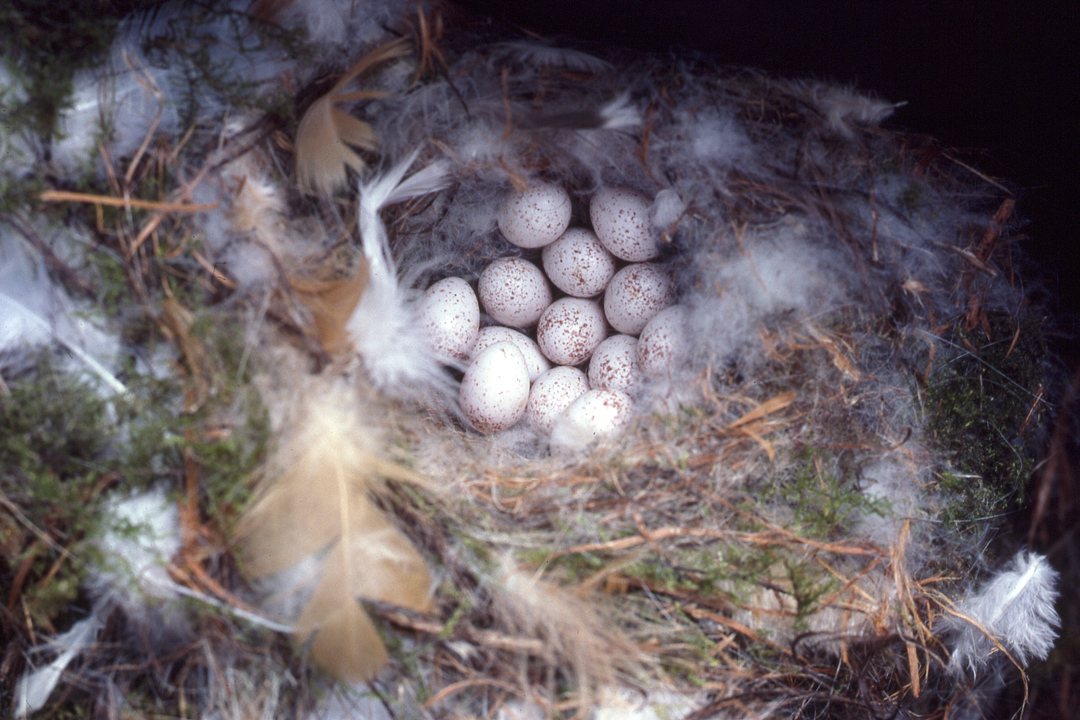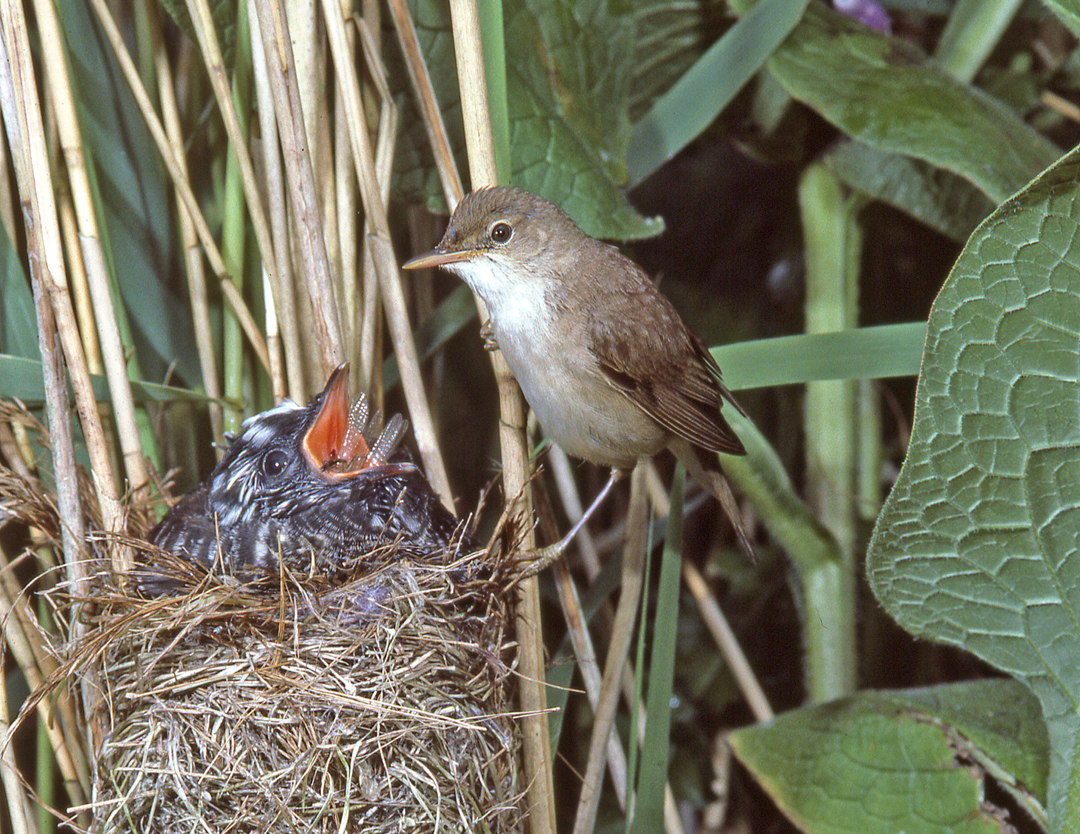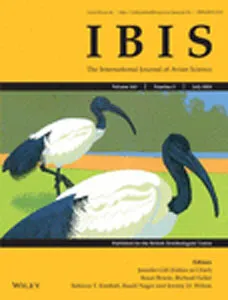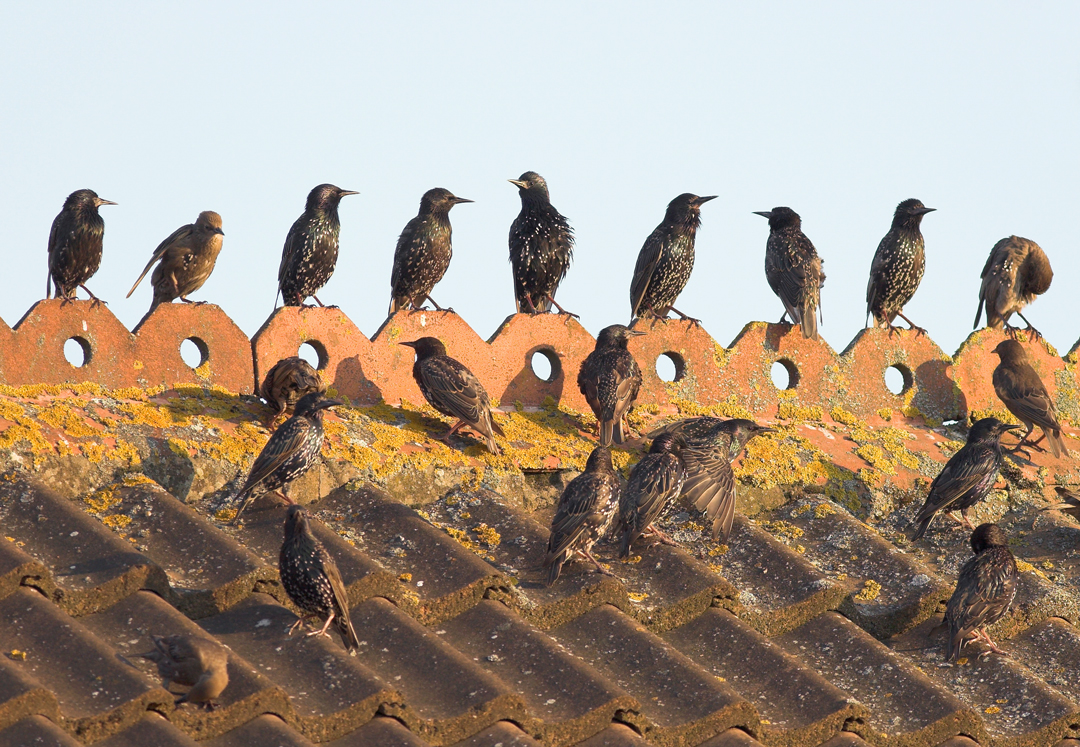BTO publishes peer-reviewed papers in a wide range of scientific journals, both independently and with our partners. If you are unable to access a scientific paper by a BTO author, please contact us.
Search settings
Tritrophic phenological match-mismatch in space and time
Author: Burgess M.D., Smith K.W., Evans K.L., Leech D., Pearce-Higgins J.W., Branston C.J., Briggs K., Clark J.R., du Feu C.R., Lewthwaite K., Nager R.G., Sheldon B.C., Smith J.A., Whytock R.C., Willis S.G., Phillimore A.B.
Published: Spring 2018
The increasing temperatures associated with a changing climate may disrupt ecological systems, including by affecting the timing of key events. If events within different trophic levels are affected in different ways then this can lead to what is known as phenological mismatch. But what is the evidence for trophic mismatch, and are there spatial or temporal patterns within the UK that might point to mismatch as a driver of regional declines in key insect-eating birds?
23.04.18
Papers

Characteristics determining host suitability for a generalist parasite.
Author: Stokke B.G., Ratikainen I.I., Moksnes A., Schulze-Hagen K., Leech D.I., Møller A.P., Fossøy F.
Published: 2018
Cuckoos have been documented using a range of host species but most of their eggs are laid in the nests of just a small number of species. Why do they select these species and to what extent might other species be suitable hosts, as yet unused to any great degree?
19.04.18
Papers

A review of raptor and owl monitoring activity across Europe: its implications for capacity building towards pan-European monitoring
Author: Derlink, M., Wernham, C., Bertoncelj, I., Kovacs, A., Saurola, P., Duke, G., Movalli, P. & Vrezec, A.
Published: 2018
18.04.18
Papers Bird Study
Spring migration strategies of Whinchat Saxicola rubetra when successfully crossing potential barriers of the Sahara and the Mediterranean Sea.
Author: Blackburn E., Burgess M., Freeman B., Risely A., Izang A., Ivande S., Hewson C., Creswell W.
Published: 2018
Migratory barriers, such as the Sahara Desert, are thought to present a challenge to small migrant birds like Whinchat, but how much do we really know about the strategies these birds use when crossing barriers and can these strategies provide resilience to future changes in barrier width that might arise from changes in climate and land-use?
13.04.18
Papers

Covariation in urban birds providing cultural services or disservices and people.
Author: Cox D.T.C, Hudson H.L., Plummer K.E., Siriwardena G.M., Anderson K., Hancock S., Devine-Wright P.,Gaston, K.J
Published: 2018
Some bird species provide cultural services, being aesthetically pleasing and having behaviours that people find interesting to watch. Others provide disservices (e.g. gulls, pigeons and corvids) negative for well-being. By documenting how the abundance and richness of species in these two groups correlates with human population density it was apparent that socio-economically deprived areas support low ratios of birds to people, particularly of cultural service species. These results inform management of green space, and provision of feeding and nesting sites, to promote positive interactions between birds and people within urbanised landscapes.
06.04.18
Papers
